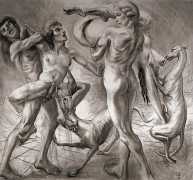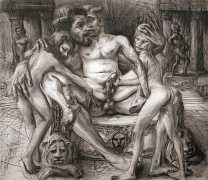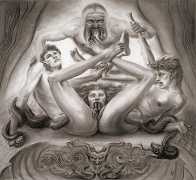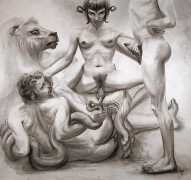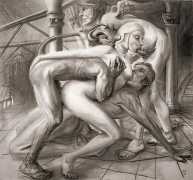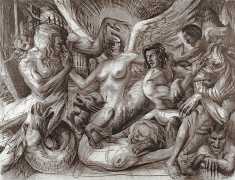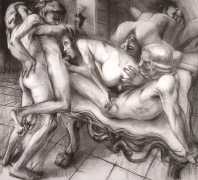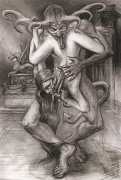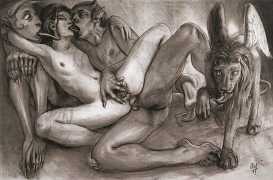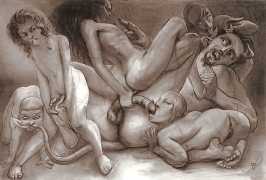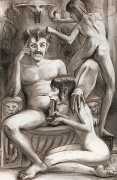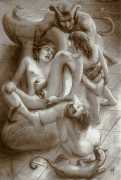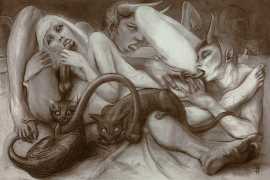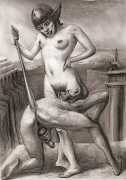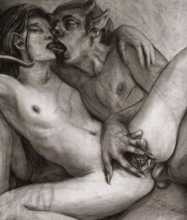 La philosophie dans le boudoir (Philosophy in the Bedroom) was written in the form of a dramatic dialogue by the Marquis de Sade in 1795. Though initially considered a work of pornography, it has come to be considered as much a socio-political work as a sexual one. Set in a bedroom, the characters make the argument that the only moral system that reinforces the political revolution is libertinism, and that if people fail to adopt a libertine philosophy then democracy is doomed to failure.
La philosophie dans le boudoir (Philosophy in the Bedroom) was written in the form of a dramatic dialogue by the Marquis de Sade in 1795. Though initially considered a work of pornography, it has come to be considered as much a socio-political work as a sexual one. Set in a bedroom, the characters make the argument that the only moral system that reinforces the political revolution is libertinism, and that if people fail to adopt a libertine philosophy then democracy is doomed to failure.
Eugénie is a fifteen-year-old girl who at the beginning of the drama is a virgin, naïve about all things sexual, who has been brought up by her provincial, self-righteous mother, Madame de Mistival, to be well-mannered, modest, decent and obedient. Madame de Saint-Ange is a libertine young woman, the owner of the house and bedroom in which the dialogue is set. She invites Eugénie for a two-day course on becoming a libertine. Dolmancé is an older man, atheist and bisexual (though with a strong preference for men), and good friend of Madame de Saint-Ange’s younger brother, Le Chevalier de Mirvel. Together Dolmancé and de Mirvel take on Eugénie’s ‘education’. Augustin, Madame de Saint-Ange’s young gardener, is summoned to assist in advanced sexual activities.
Javier Gil produced some twenty large – more than a metre square – monochrome pastel drawings resulting from his reading and understanding of Sade’s text. In many ways their complex composition, skilled drawing and vivid imagination mark the apogee of the most explicitly erotic period of his artistic output.
A related sequence of nine large drawings, entitled Les sataniques, was completed around the same time, and we have included these at the end of the Philosophie images.
We are very grateful to Hans-Jürgen Döpp for these images; Hans-Jürgen, the compiler of many books on erotic art, curates the Venusberg online gallery and bookshop which you can find here. Our Russian friend Yuri also helped to locate some of the images, for which we are very grateful.



